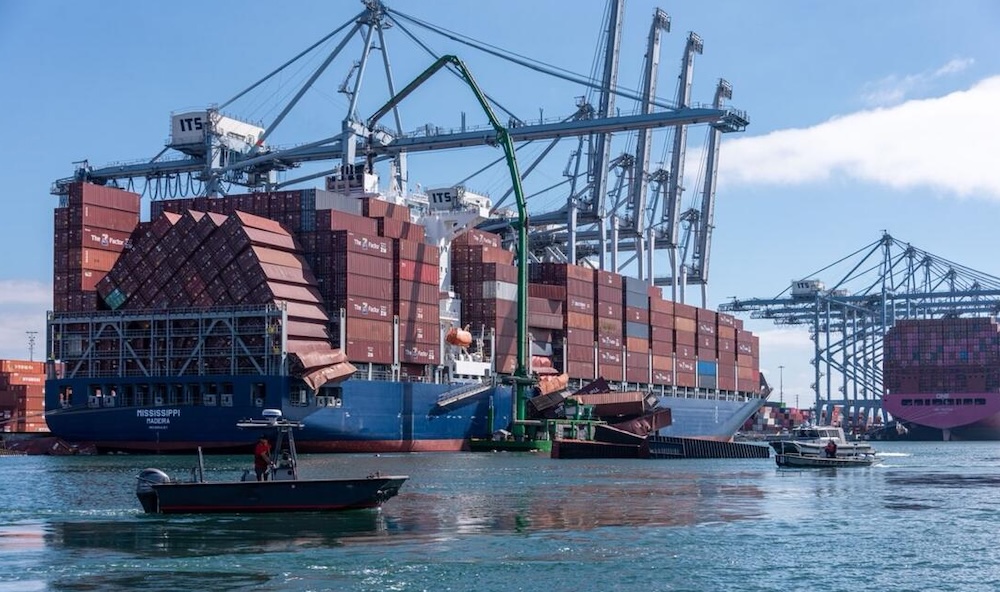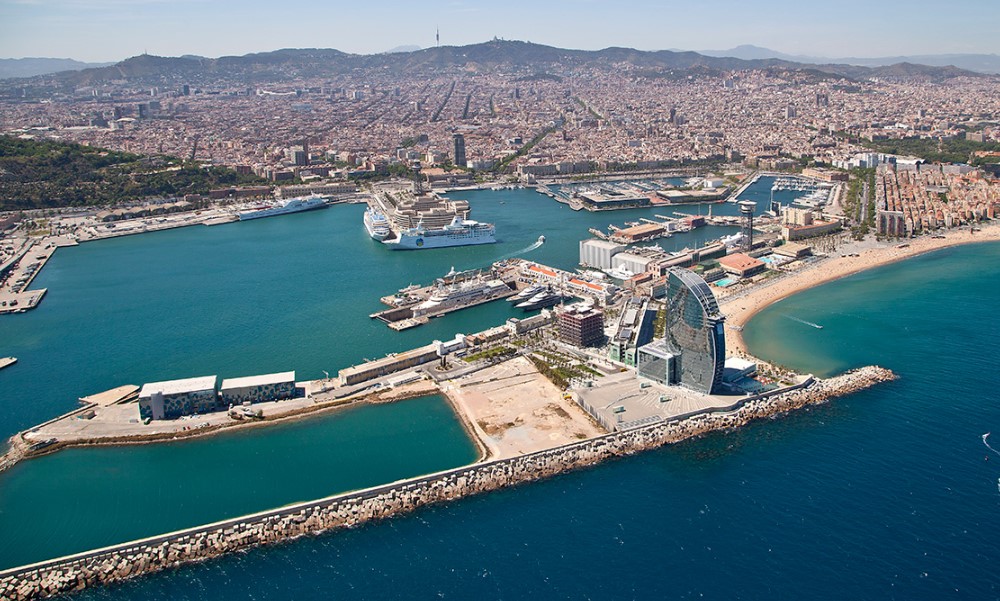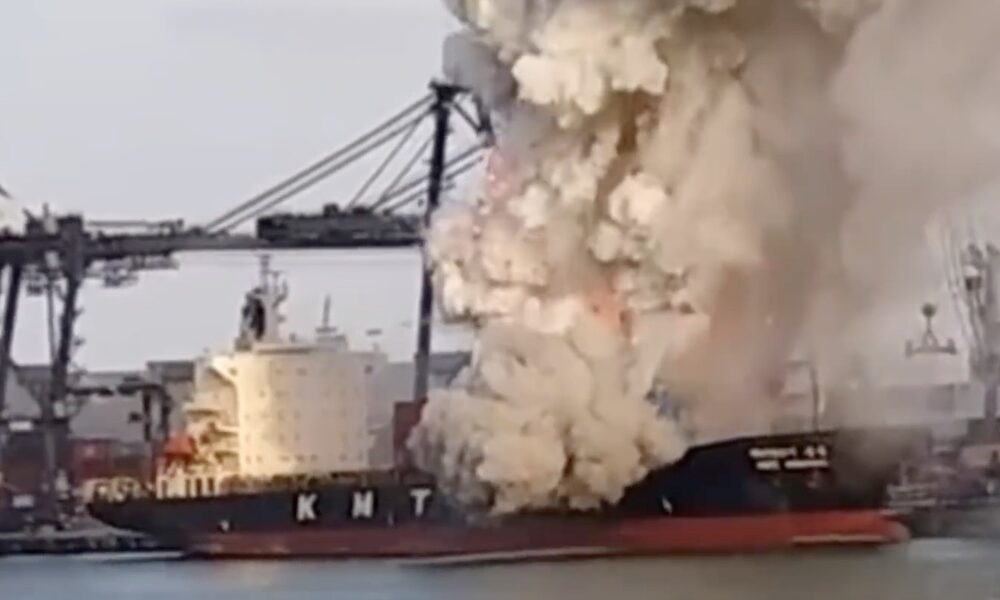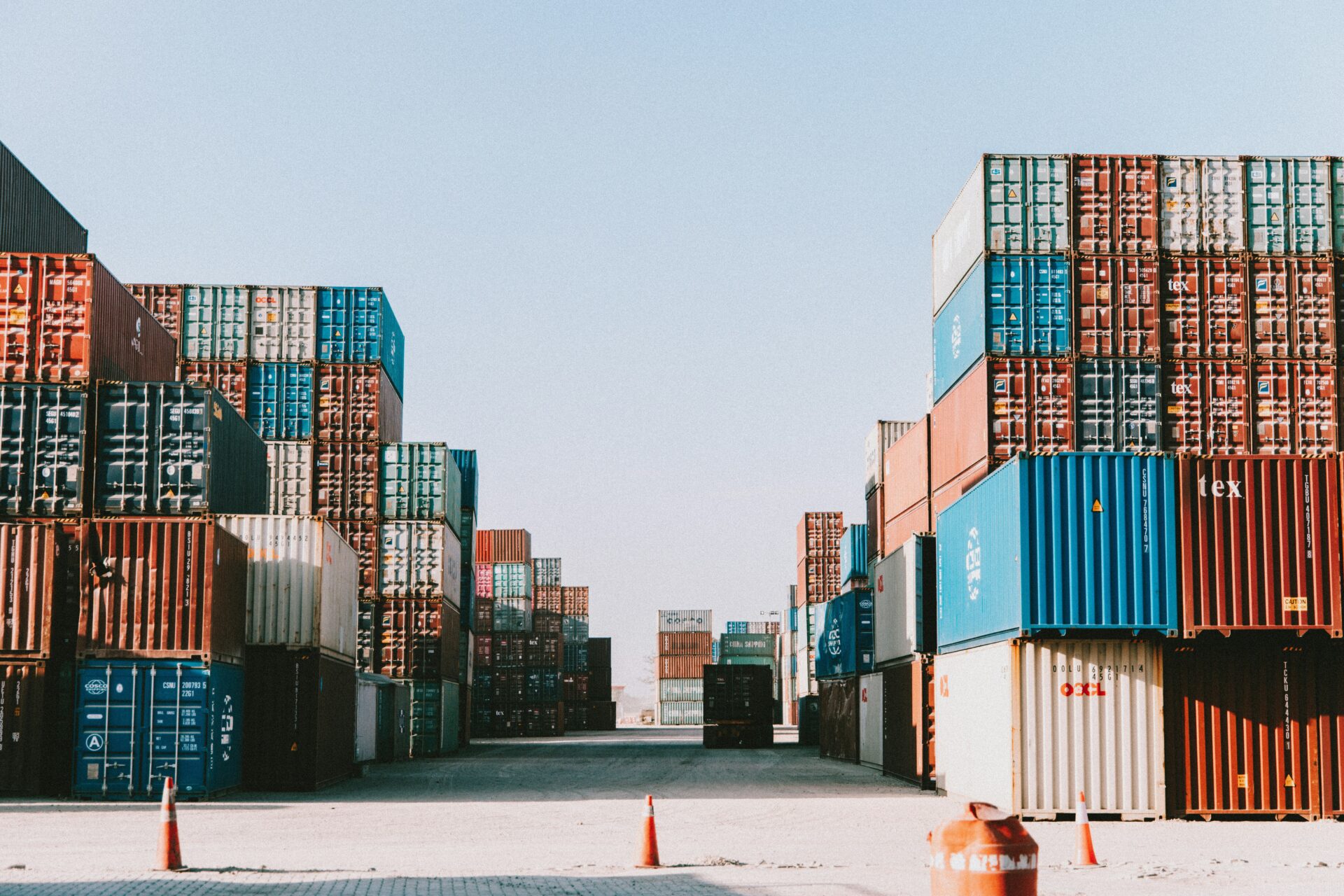NONE
none
none
none
none

Tai nạn liên quan đến tàu chở hàng Mississippi, có sức chứa 5,504 teu, được xây dựng vào năm 2024.

The accident involved the 2024-built, 5,504 teu Mississippi containership.

The World Shipping Council (WSC) has released a new report revealing that 11.39% of inspected cargo shipments contained deficiencies in 2024, continuing a vital data series that the International Maritime...

Tập đoàn vận tải biển Nhật Bản Nippon Yusen Kaisha (NYK) đã đưa ra cảnh báo sau khi xuất hiện các báo cáo về email và tin nhắn mạng xã hội mạo danh công ty một cách gian dối.

Tây Ban Nha đã cấm các tàu và máy bay chở vũ khí hoặc nhiên liệu quân sự đến Israel ghé vào các cảng của Tây Ban Nha hoặc đi vào không phận của nước này do cuộc tấn công quân sự kéo dài gần hai năm của Israel tại Gaza.

Japanese shipping giant Nippon Yusen Kaisha (NYK) has issued a warning after reports of fraudulent emails and social media messages surfaced, falsely claiming to represent the company.

Mặc dù các vụ khai báo sai hàng hóa ngày càng xuất hiện nhiều trên các tiêu đề, dẫn đến thiệt hại về người và tổn thất tàu, dữ liệu mới được công bố hôm nay cho thấy hơn 1 trong 10 lô hàng có điểm yếu, đây là một xu hướng tăng đáng báo động.

According to Japan International Freight Forwarders Association, the Ningbo Containerized Freight Index (NCFI) slipped 6.8% in Week 36 to 1,023.2 points

Chỉ số Vận tải Hàng hóa Container Ningbo (NCFI) đã giảm 6,8% trong Tuần 36, đạt 1.023,2 điểm, theo báo cáo của Hiệp hội Giao nhận Vận tải Quốc tế Nhật Bản.

Despite misdeclared cargoes making more and more headlines, leading to deaths and vessel losses, new data published today shows more than one in 10 shipments have deficiencies, an alarming upward trend.

PHỤ LỤC I (Ban hành kèm Thông tư số 39/2018/TT-BTC ngày 20/4/2018 của Bộ trưởng Bộ Tài chính) Thay thế Phụ lục II Thông tư số 38/2015/TT-BTC như sau: Phụ lục II CHỈ TIÊU THÔNG TIN LIÊN QUAN ĐẾN THỦ TỤC HẢI QUAN ĐIỆN TỬ VÀ CHẾ ĐỘ QUẢN LÝ ĐỐI VỚI HÀNG HÓA XUẤT KHẨU, NHẬP KHẨU (Ban hành kèm Thông tư số 38/2015/TT-BTC ngày 25/3/2015 của Bộ trưởng Bộ Tài chính)

Ban hành kèm Thông tư số 38/2015/TT-BTC ngày 25/3/2015 của Bộ Tài chính PHỤ LỤC II CHỈ TIÊU THÔNG TIN LIÊN QUAN ĐẾN THỦ TỤC HẢI QUAN ĐIỆN TỬ ĐỐI VỚI HÀNG HÓA XUẤT KHẨU, NHẬP KHẨU

CO điện tử được phát hành lần đầu tiên tại Việt Nam vào năm 2018. Cụ thể, hệ thống CO điện tử đã được triển khai trên nền tảng của Cục Hải quan, thuộc Bộ Tài chính. Đây là một bước tiến quan trọng trong việc thúc đẩy sử dụng công nghệ số và giảm bớt thủ tục giấy tờ trong quá trình xác nhận nguồn gốc hàng hóa.

The e-CO was first introduced in Vietnam in 2018. Specifically, the e-CO system has been deployed on the platform of the Customs Department under the Ministry of Finance. This represents a significant step in promoting the use of digital technology and reducing paper-based procedures in the process of verifying the origin of goods.

Đối với những lô hàng có giá trị trên 6000 EURO thì bắt buộc phải có mã số REX.